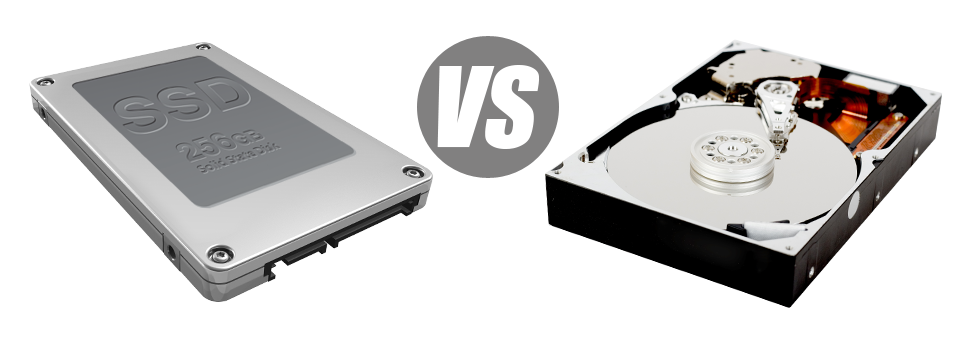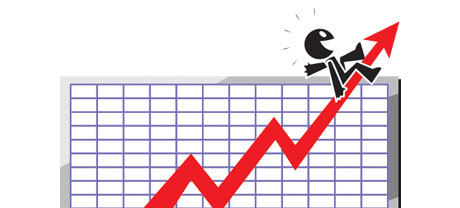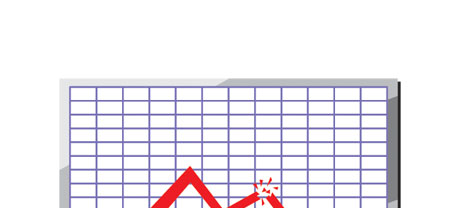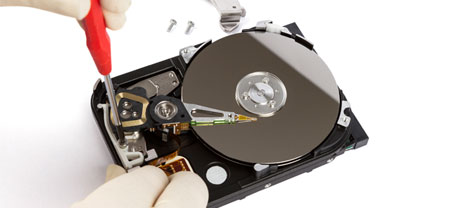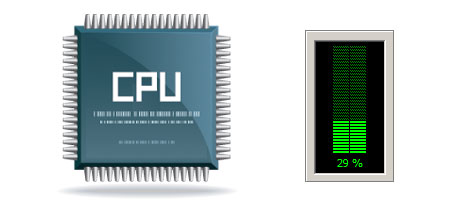These days, all of the brand new computers are equipped with SSD drives as a substitute for HDD drives. You will see superlatives on them everywhere in the specialised press – that they’re a lot faster and conduct much better and that they are really the future of home computer and laptop manufacturing.
Even so, how do SSDs perform inside the web hosting community? Can they be well–performing enough to replace the established HDDs? At CloudHosting, we are going to help you much better be aware of the distinctions among an SSD and an HDD and decide which one is best suited for you needs.
1. Access Time
After the arrival of SSD drives, file accessibility speeds are now over the top. On account of the completely new electronic interfaces employed in SSD drives, the common data access time has been reduced towards a record low of 0.1millisecond.
HDD drives rely on spinning disks for files storage reasons. When a file will be accessed, you will need to wait around for the correct disk to reach the right position for the laser beam to access the data file involved. This leads to a regular access rate of 5 to 8 milliseconds.
2. Random I/O Performance
Because of the same radical technique enabling for quicker access times, you may as well benefit from far better I/O efficiency with SSD drives. They can complete double the functions throughout a given time compared to an HDD drive.
An SSD can handle a minimum of 6000 IO’s per second.
All through the very same tests, the HDD drives confirmed to be much slower, with only 400 IO operations addressed per second. Although this seems to be a large number, for those who have an overloaded web server that hosts many popular web sites, a slow harddrive may lead to slow–loading websites.
3. Reliability
SSD drives are designed to include as less moving parts as is practical. They use an identical technique like the one used in flash drives and are more trustworthy rather than common HDD drives.
SSDs come with an normal failure rate of 0.5%.
As we have previously observed, HDD drives make use of spinning disks. And anything that uses a great number of moving parts for extented time frames is prone to failing.
HDD drives’ common rate of failing ranges among 2% and 5%.
4. Energy Conservation
SSD drives operate virtually soundlessly; they don’t make extra heat; they don’t require more cooling down options and use up less electricity.
Trials have shown the normal electric power utilization of an SSD drive is amongst 2 and 5 watts.
As soon as they have been designed, HDDs have always been really energy–ravenous equipment. And when you’ve got a web server with a couple of HDD drives, this will add to the monthly electric bill.
Typically, HDDs take in in between 6 and 15 watts.
5. CPU Power
SSD drives provide for better file access rates, which, in turn, permit the CPU to complete data requests considerably quicker and after that to return to additional responsibilities.
The typical I/O hold out for SSD drives is actually 1%.
In comparison with SSDs, HDDs allow for not so quick data access speeds. The CPU will need to wait for the HDD to return the demanded data file, reserving its allocations for the time being.
The standard I/O delay for HDD drives is approximately 7%.
6.Input/Output Request Times
The vast majority of our new web servers are now using exclusively SSD drives. All of our lab tests have revealed that utilizing an SSD, the typical service time for any I/O request although doing a backup stays below 20 ms.
With the same web server, yet this time loaded with HDDs, the effects were completely different. The common service time for any I/O request changed somewhere between 400 and 500 ms.
7. Backup Rates
Referring to back–ups and SSDs – we have found a great progress with the back–up rate as we transferred to SSDs. Right now, a typical web server back–up can take solely 6 hours.
We implemented HDDs exclusively for a few years and we have very good familiarity with just how an HDD performs. Creating a backup for a hosting server equipped with HDD drives will take around 20 to 24 hours.
If you want to immediately improve the overall efficiency of your web sites and never have to transform any kind of code, an SSD–driven hosting solution is really a really good option. Look at our shared website hosting plans packages and then our VPS hosting plans – our services offer extremely fast SSD drives and are offered at competitive prices.
Hepsia
- Live Demo
Service guarantees
- CloudHosting’s Virtual Private Servers come with no installation rates and function in a steady network providing 99.9% of uptime. Full root/administrator access to the server guaranteed.
Compare our prices
- Examine the tools and capabilities offered by our Virtual Private Servers. You can start with a smaller VPS Hosting configuration and move up with just a mouse click as your necessities increase.
- Compare our hosting plans
Contact Us
- Get in touch with us 24 hours a day by email or by utilizing CloudHosting’s really–fast ticketing platform. Our techs are going to respond to all of your queries within 1 hour.
